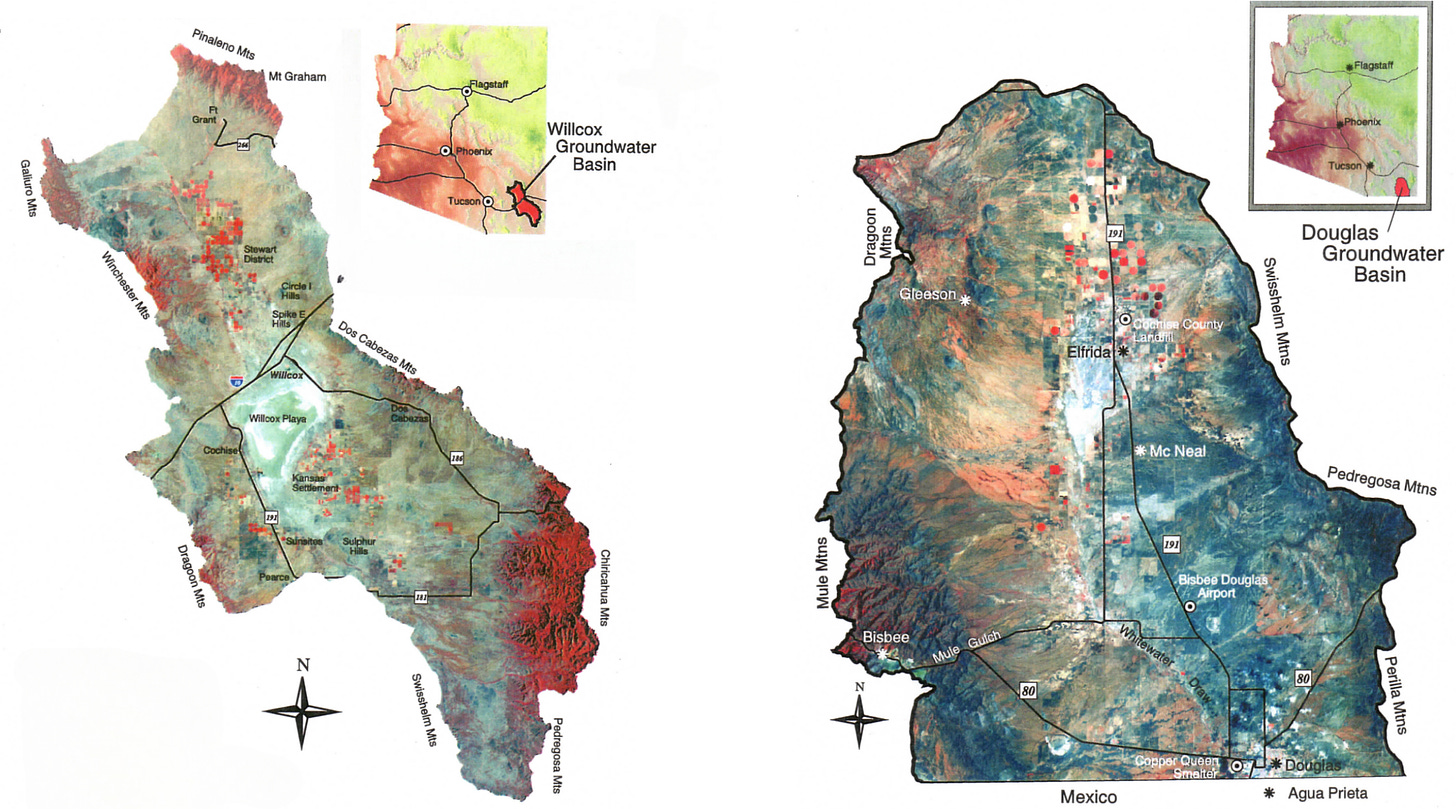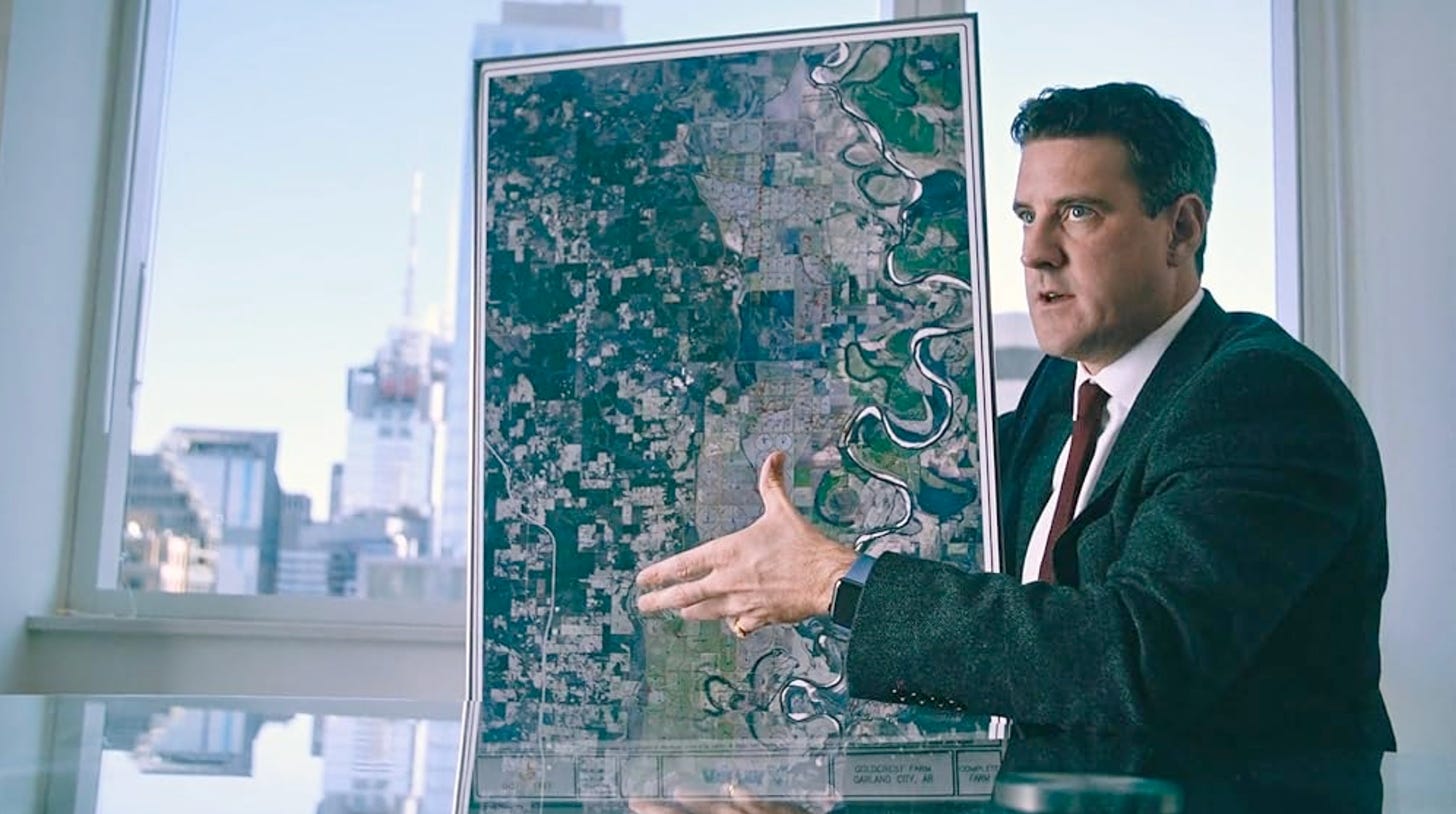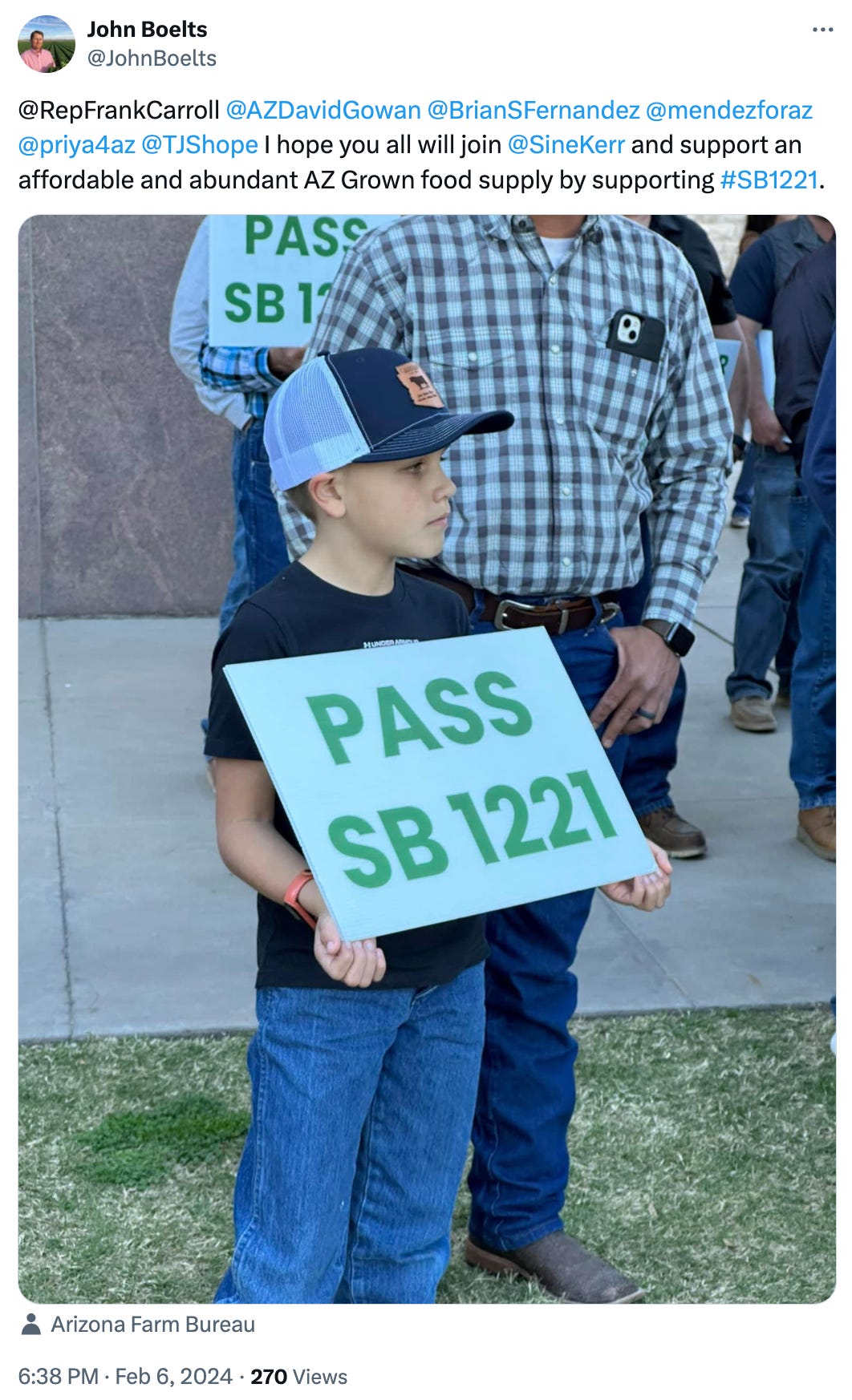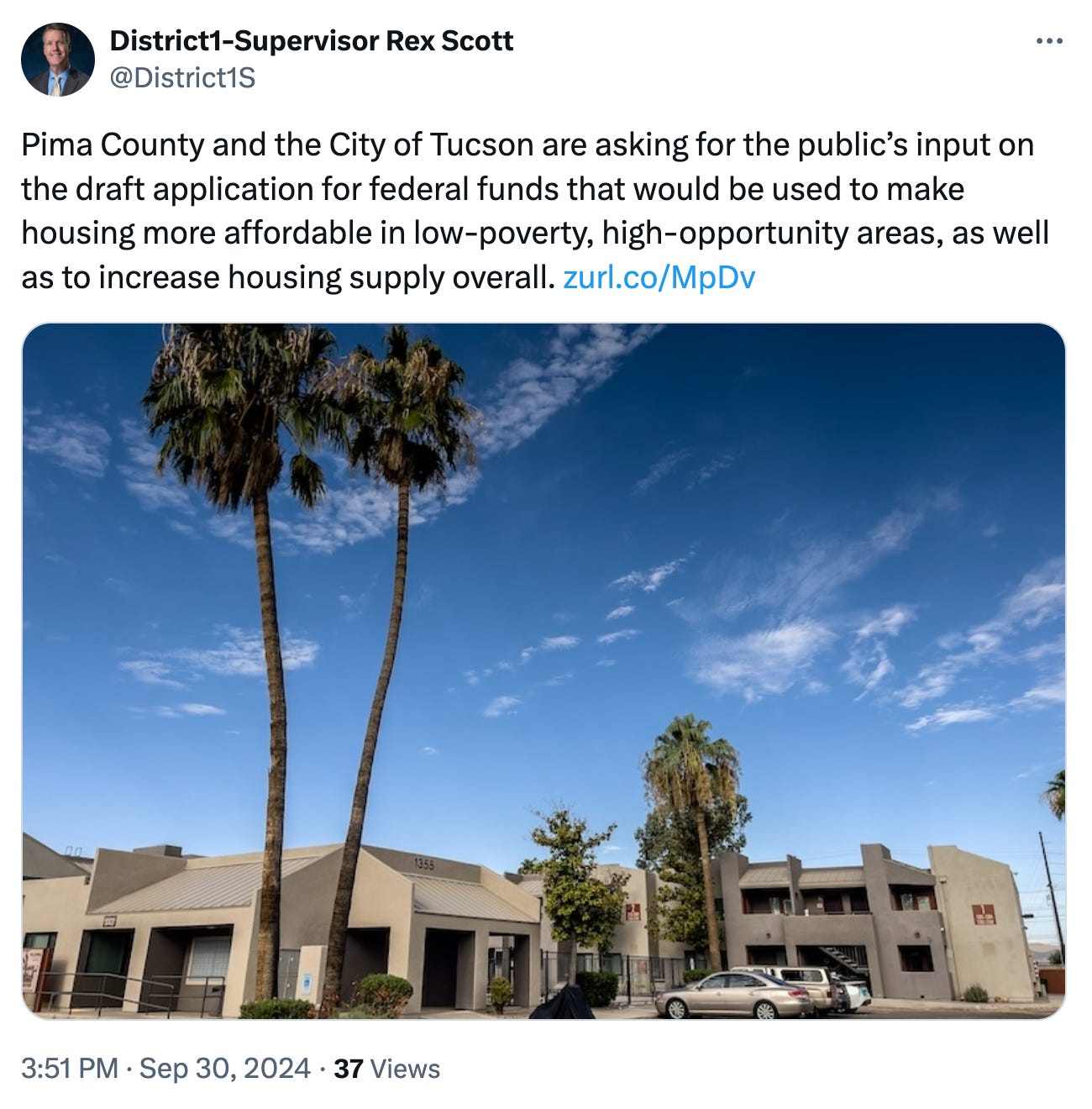A tale of two basins
The water wars continue … Golden parachutes open … And summer has been extended.
Sulphur Springs Valley is in the news a lot these days.
Stories about our groundwater woes are reported internationally with variations on the same basic headline: “Local community being pumped dry by corporate agriculture.”
What hasn’t made it into the global headlines is the valley’s proverbial David who went toe to toe with the Goliath of corporate agriculture. The David here is a group of scrappy local residents who decided to do something about the problem and, in the process, changed the norms of Arizona groundwater policy.
Let me set the stage.
Down in the southeast corner of the state is Douglas, a border city which was once the third biggest town in Arizona. Sulphur Springs Valley extends north from Douglas up to the city of Willcox, nestled in a chain of mountain ranges including the Dragoons, Mules, Chiricahuas, Pinalenos, Galiuros, and others which form the “Sky Islands” of the Coronado National Forest. This area is renowned for its natural beauty and boasts the highest biodiversity of the inland United States.
The valley consists of two groundwater basins, the Willcox Basin to the north and the Douglas Basin to the south.
Ah — I should explain what a “groundwater basin” is, especially since it’s a term that will become increasingly important in Arizona over the coming years.
Unlike a “watershed” which is defined by surface water flows, basins are defined by where water goes once it moves underground. Typically, it’s like a big underground bowl filled with a slurry of gravel, sand, and water. Rainwater hits the surrounding mountains and then percolates down into this bowl during the monsoons. And new groundwater regulation districts like Active Management Areas are designated on a basin-wide basis — it wouldn’t make sense to only regulate one side of a basin while water users on the other side are still sucking unlimited amounts of water from the same bowl.
Fun fact: Much of the water in the Douglas and Willcox basins is actually “fossil water,” the liquid remnants of slowly melting glaciers during the last ice age.Ok, back to our story.
The presence of corporate agriculture has been controversial in the area since 2014 when the Minnesota-based Riverview dairy corporation moved into the Willcox Basin, becoming a target of local blame for declining water levels. In truth, groundwater declines had been an issue for decades, but no one wanted to make enemies of their beloved local family farmers.
In 2021, as discontent grew stronger, a group of local residents discovered a hidden law, tucked away in Arizona’s maze of legislative groundwater codes. This statute allows a citizen initiative to put Active Management Area designations to a local election. Putting the statute to use for the first time in Arizona’s history, excited and empowered locals began initiative petitions for both basins in the valley, with local volunteers sweating in parking lots with clipboards all summer, successfully collecting enough signatures to get both basins on the 2022 ballot.
In the end, residents of the Douglas Basin voted to form an AMA while voters in the Willcox Basin refused.
The Same Consequences
Two years later, both basins face unique challenges going forward.
The Douglas AMA is the first “subsequent AMA” in Arizona, which are governed by a slightly different set of statutes than the five “initial AMAs,” Phoenix, Pinal, Prescott, Tucson, and Santa Cruz. Some say that AMAs aren’t a good regulatory fit for rural areas — that we need a new regulatory structure. Others say it’s better than nothing, pointing out that an AMA at least stops the expansion of agriculture and puts a cap on existing agricultural water use. And others believe there’s a way to make AMAs work, even if it takes a little fine-tuning and citizen activism.
In any case, it’s new regulatory territory for both Douglas Basin residents and the Department of Water Resources, as they figure out the new AMA’s “management goal” and a series of ten-year “management plans” to address the water problems they face.
To the north, the Willcox Basin, like most of rural Arizona, continues to have “open access” to groundwater. That means anyone can buy land and pump as much water as they’d like.
Today, the Willcox Basin uses about four times as much water as gets recharged from rainfall every year, leading to water level declines, dry wells, and the land sinking down and literally cracking open along miles-long stretches called “earth fissures.” Agriculture accounts for 93% of their water use while the basin’s 8,000 residents account for about 3%.
“Every century is characterized by a key ‘empire commodity.’ In the 1500’s you had spices, in the 1600’s, sugar, 1700’s and 1800’s, cotton, 1900’s, hydrocarbons (oil/gas), and the 2000’s are really about water. … The joy about Arizona (for corporate agriculture) is the certain areas in which you have unrestricted water access. Arizona is one of the few places that you can have that privilege.” – Goldcrest Farm Trust Advisors Co-Founder Edward Hargroves, in the 2024 documentary “The Grab”
What’s a basin to do?
Although the Willcox AMA election failed, it brought the groundwater conversation to the forefront of the community’s consciousness. And state officials are tired of Arizona being propped up by the media as a place of water crises and chaos. And local farmers now know that they need to join the conversation so that their future isn’t determined without their input.
Willcox Basin farmer Ed Curry joined Gov. Katie Hobbs’ Water Policy Council to help create new regulatory systems for rural groundwater. After a year of brainstorming in 2023, these efforts led to a stalemate in the Legislature, with Republican Sen. Sine Kerr and Arizona Farm Bureau president Stephanie Smallhouse defecting from the governor’s council and creating their own legislative proposal. Their bill, SB1221, didn’t pass in the House, and the governor’s council couldn’t get a hearing for its own bill.
“If we keep doing what we’re doing, we’re going to face the same consequences,” says Curry in response to Kerr’s claims that cutting back water use would hurt the agricultural economy.
From Stalemate to Checkmate?
Last week, the Arizona Department of Water Resources held a public meeting in the Willcox Basin, gave an in-depth presentation on the basin’s hydrological situation and talked about “management options” currently on the books: Active Management Area (AMA) designations.
Some who are close to the situation claim to know what this is really about — AMA designations are kryptonite to the Farm Bureau and their Republican legislators, and by brandishing them around, Hobbs hopes to draw her opponents back to the negotiation table where new regulatory frameworks can be hammered out.
Whatever her motivations, Hobbs enters dangerous territory here. Given that the Willcox AMA failed to win a popular vote just two years ago, any talk about groundwater regulations could stoke the fire of anti-regulatory sentiment, as happened when Hobbs tried the same maneuver in the Gila Bend Basin earlier this year. The locals there made it clear they didn’t want “the State of Maricopa” stepping in to “shove regulations down our throats.”
The resulting public protest empowered Hobbs’ opponents and garnered support for Kerr’s SB1221.
But this time Hobbs was planning ahead.
A couple weeks before the ADWR meeting, she invited a cohort of journalists to join her on a trip to the Willcox Basin where she talked with city officials, farmers, and residents about groundwater declines. And she succeeded in collecting plenty of stories and complaints about just how bad the water situation is getting, how city wells are going dry, how rural residents increasingly have to haul totes of water to their homes, and how more and more land continues to be put into agricultural production.
And she also had regulation-friendly local farmers and ranchers give opening comments at the Thursday meeting, breaking up the agriculture-vs-regulations narrative which still lingers in the community.
“You know, every time I drive by these massive parcels being cleared for new pistachio orchards, I think maybe I should have voted for that AMA.” - A retired Willcox cowboy who wishes to remain anonymous.
Hobbs is pointing at Willcox and saying to the other side, “we can negotiate, or I can mandate.” And she does have the option to mandate via proxy power at the AZ Department of Water Resources, which has legislative authority to designate AMAs.
But a concurrent strategy may also be in the works, one which I may have suggested to Hobbs’ water policy advisor earlier this year.
It goes like this: Hobbs has ADWR start designating AMAs in basins like Willcox where water problems are critical. Instead of creating new regulatory concepts, the legislative focus will shift to amending the existing “subsequent AMA” laws, and the anti-AMA contingency will no longer be able to employ their stalling tactics. They’ll either have to work something out or deal with the new AMAs as-is.
I hope that made sense — because this 4-D political chess game has one more layer of strategic consideration.
The anti-AMA Republican stalwarts have to choose: Hope and pray that the Legislature doesn’t turn blue in November and they maintain a stronger bargaining position — or come to an agreement now and walk away with a better deal than if the Democrats take control and can pass any legislation they please.
Start placing your bets now. Hobbs just gave the policy roulette wheel a strong spin and no one knows where the pill will land.
Golden parachutes are expensive: Last week’s Arizona Board of Regents meeting offered a stark contrast between universities demanding more funding from the Legislature, then blowing well over $1 million on a contract for University of Arizona President Robert Robbins, who officially left office yesterday but will continue to get paid the same salary for another 21 months, the Daily Star’s Tim Stellar writes. It’s not the first contract of its kind and it makes it hard to argue for funding boosts.
“Winning more public funding would probably be easier if we’re stewarding it carefully,” Stellar writes.
We safeguard your subscription dollars. Pay for news, not university presidents.
Helping others: Kathleen Meixner, the widow of murdered UA professor Thomas Meixner, is continuing to advocate for safety improvements at the university and beyond as the second anniversary of his murder approaches. She gave the university high marks for its reforms in the wake of the tragedy in an interview with 12News’ Emily Pritchard.
Hoofing it for democracy: The Arizona Students Association and Democratic state Sen. Priya Sundareshan held a press conference to lament the lack of an Election Day polling center on the UA campus, the Daily Star’s Ellie Wolf reports. The university will have an early polling center on campus, but the closest day-of voting option will be at the First United Methodist Church, about a 10-minute walk from Old Main.
SB1070 by another name: Prop 314, a question lawmakers sent to the November ballot that would make immigration a state crime and require local sheriffs and cops to enforce it, would lead Arizona “down a path of racial profiling,” Pima County Sheriff Chris Nanos told the Guardian. Santa Cruz County Sheriff David Hathaway took his criticism of the proposition a step further, calling it “a racist enforcement mechanism.”
Kids and mini goats: Oro Valley amended its town code to allow single-family residences to have livestock including chickens and miniature goats, after local 9-year-old Savanna Randall lobbied the town to allow it, Tucson Local Media’s Dave Perry reports. HOAs can still restrict homeowners from raising livestock.
Sign shenanigans: Catalina Foothills residents say their political signs are getting stolen, and some residents are putting up cameras to catch the thieves, KGUN’s Andrew Christiansen reports. Meanwhile, a Quail Creek resident is allowed to once again put up his political yard sign reading “Vote to make America Decent, Honorable and Kind Again" after his HOA ordered him to take it down because it is not actually a “political sign” as defined by the HOA, Green Valley News’ Kim Smith reports.
“I think it’s putting even more of a wedge between people who don’t need more of a wedge at this point,” Foothills resident Kathy Baum told Christiansen.
104: That’s the expected high temperature in Tucson today, making it an unseasonably warm October.
And that high heat is putting the hurt on Tucson businesses as they prepare to come out of “summer hours” now that students are back in town, KOLD noted.











The long story on the water battles in the
Douglas area is a terrific example of
journalism. The issues are so complicated
they make my hair hurt, but I now feel
educated. Thanks!